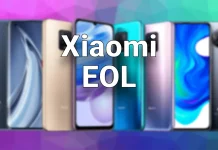Our editorial team also tested by, the 55″ member of the Mi LED TV 4S series, which has been available in Hungary for the last year and a half, was not the best offer on the domestic market for its price, but it provided a great alternative to the Korean competitors for xiaomi fans. It was about time for a model refresh, with the P1 series coming soon.
In the last year and a half, 4 models have been on sale in Europe. The entry-level Mi TV 4A 32″ HD Ready model and the Mi LED TV 4S trio of 43″, 55″ and 65″ versions, all with 4K resolution. All 4 versions were available online at the Xiaomishop online store, with the most popular sizes being the 43″ and 55″ available from stock at the time of writing at a reasonable price.
The very first series (up to spring 2020) had several shortcomings (CI card handling*; lack of HBO GO / Netflix support; no number buttons on the remote), but these have fortunately been eliminated, and in the last year or so they have been sold with a new (number button) remote and updated software. For me, the 65″ model had the "WOW" factor, but its dimensions didn't fit in every living room, so sales were down on its smaller sized siblings.
* Any remaining problems with the CI card should be reported to the service provider and a new adapter should be requested.
With the Olympics back in summer 2021 (after a year of forced postponement), the Mi TV P1 series has been announced just in time, available in 32″, 43″, 50″ and 55″ metres, with 65″ no longer an option.
Fortunately, the Mi TV P1 series hasn't just received a facelift, it's also seen a major improvement in design and features.
Mi TV P1 - External
Based on the available visuals, all sizes have the same design: a 3-sided thinner, already rounded frame (the Mi TV 4S series used a graphite-coloured angular, thread-brushed metal frame), black (or dark grey) silk gloss paint, inverted "V" shaped legs.
I'm stuck on the design of the legs, for me it's an outdated, old-fashioned solution, it's better to mount it on the wall, especially if you don't have a wide TV cabinet.
Mi TV P1 - Display
The panel type remains unchanged, still "traditional" IPS. The 32-inch model retains the 1366×768 HD Ready resolution and no HDR, while the other three sizes offer 3840×2160 4K UHD resolution. From 43 inches upwards, HDR 10+ is available with 60Hz refresh, Dolby Vision® with a rating of. Displayed colour is 1.07 billion, colour depth is 8-bit (+FRC), colour gamut is NTSC 88%, DCI-P3 is 94%, no information on sRGB and brightness is available.
 In dark content, details are therefore more visible thanks to the improved panel, and the dynamic range has also been improved.
In dark content, details are therefore more visible thanks to the improved panel, and the dynamic range has also been improved.
Mi TV P1 - Image processing and services
One of the new additions to the Mi TV 5 series (which sadly missed out on Europe) last year was the MEMC technology to handle fast motion processing by inserting extra frames (for lower fps content).

The processor continues to be supplied by MediaTek, which for the 43-55″ models is the MT9611IAAT/BAZA quad-core SoC with ARM Cortex-A55 cores, clocked at 1.5GHz max. The GPU is an ARM Mali G52 MP2. Memory and storage is 1.5GB/8GB in the 32″ model and 2GB/16GB in the 43″-55″ models.
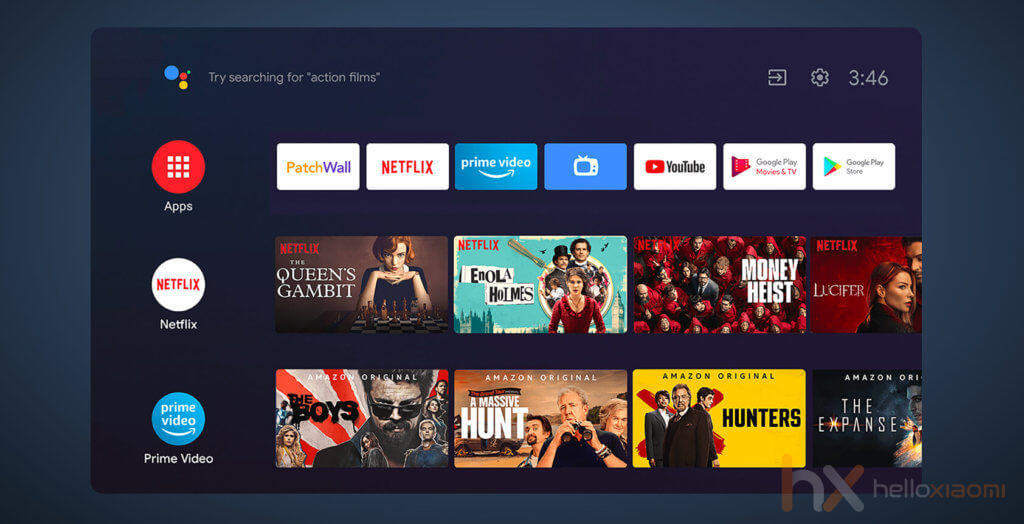
The operating system is Android TV 9 on the 32″ model and Android TV 10 on the other three.The images show that the PatchWall interface is still part of the system, but don't expect any content. Fortunately, there will be no downside.
Google Assistant is no longer just accessible from the remote control, as the 43″-55″ models have a built-in microphone, so you can talk to the TV from up to 3 metres away. So you can search for videos, music and ask the weather. The voice assistant is available in English.
Mi TV P1 - Remote control
Whether it's Mi Box or Mi TV, the Bluetooth remote is improved a little with each new model. This time is no different, with the P1 version only vaguely resembling the remote that came with the 4S series. The remote is within range (about 10 metres) and can be used from any direction, even from under the covers, no need to hold it towards the TV. The dedicated buttons therefore provide quick access to all services, and the light weight and design make it a refreshing change from the 90s-style solutions of other manufacturers (there are exceptions, of course).
Mi TV P1 - Sound
In terms of sound, the Mi TV P1 4K versions feature 2 x 10 W (20 W) speakers, supporting Dolby Audio and DTS-HD sound. No major changes have been made here, and we look forward to the "live" test. No dedicated subwoofer is included, but (speaking from experience) that's fine. All three members of the Mi TV 4S have a surprisingly full sound, and apart from the dynamic bass, it's quite usable without a separate soundbar.
Wireless transmission
With Android, you've got Chromecast built-in, and Miracast, so you can send content from your phone or tablet to your TV screen with a few clicks.
Bluetooth transmission has also changed, from 4.2 in the 4S to 5.0 here. WiFi is dual-band on all models.
Connection by wire
There are 3 HDMI ports in total, 1 x HDMI 2.0, 1 x HDMI 2.1 (eARC, VRR), 1 x HDMI (CEC).
The number of USB ports hasn't increased either, with 2 USB 2.0 ports for external storage.
At the bottom you'll find AV composite, Ethernet, optical, 3.5mm headphone jack and coaxial antenna ports. The CI slot on the side is DVB-T2/C, DVB-S2 compatible.
What can we play via the USB connection?
If the streaming offer (HBO Go, Netflix, YouTube, Prime Video...) isn't enough and you don't subscribe to TV channels, you can also play your own movies.
Supported video formats: AVI, H.265, H.264, H.263, VP8 / VP9, MPEG1 / 2/4
Supported audio formats: Dolby, DTS, FLAC, AAC, AC4, OGG, PCM, LPCM, ADPCM, MPEG-I, MPEG-II
Of course, in addition to the built-in player, you can also install VLC and KODI from the Play Store, so you won't have any problems with formats, or RTL Now support (if you know KODI).
There's plenty of preset picture and audio profiles, but you won't be able to fine-tune them in any deeper way (judging from the Mi TV 4S), although judging by the list, you won't need to:
Picture mode: Normal, Vivid, Sports, Gaming, Movie, Monitor, HDR Normal, HDR Vivid, HDR Movie, HDR10+, Dolby Vision Bright, Dolby Vision Dark
Sound mode: Normal, Movie, News, Games, Custom
Consumption
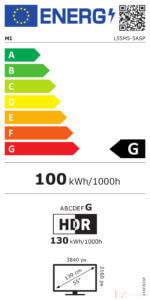 In 2021, we will be increasingly conscious when we buy technical goods, be it washing machines, refrigerators or televisions. The former "A" plus rating has been changed this year, with more transparent labels on all household appliances and TVs. The Mi TV 4A 32″ model F, while the three Mi TV 4S models G classification, and a similar classification is expected for the P1 series.
In 2021, we will be increasingly conscious when we buy technical goods, be it washing machines, refrigerators or televisions. The former "A" plus rating has been changed this year, with more transparent labels on all household appliances and TVs. The Mi TV 4A 32″ model F, while the three Mi TV 4S models G classification, and a similar classification is expected for the P1 series.
The Mi TV P1 43″ consumes 95W, the 50″ 120W and the 55″ 150W.
These values correspond to those of the category peers.
Mi TV P1 price
As there is no exact information on the start of domestic distribution (nor on the expected domestic prices), prices in Italy are used:
- Mi TV P1 32 inches - €279.90
- Mi TV P1 43 inches - 449,90 €
- Mi TV P1 50 inch - 599,90 €
- Mi TV P1 55 inches - €649.90
If we use the current exchange rate, we can see that they will not be cheap. Xiaomi doesn't manufacture in Europe, so shipping and customs will push up the prices compared to other well-known brands. However, they are not a dime a dozen, which can increase the idea value of owning one (not all your neighbours will have a Saomi TV)
The scarcity of manufacturing capacity also contributes to the higher price (Asia absorbs 99.5% of the - all - produced volume) so the supply is not expected to increase in our country, e.g. with QLED (Mi TV Q1) or OLED models, those will be available in the larger Member States (Spain, Italy), in limited quantities.

















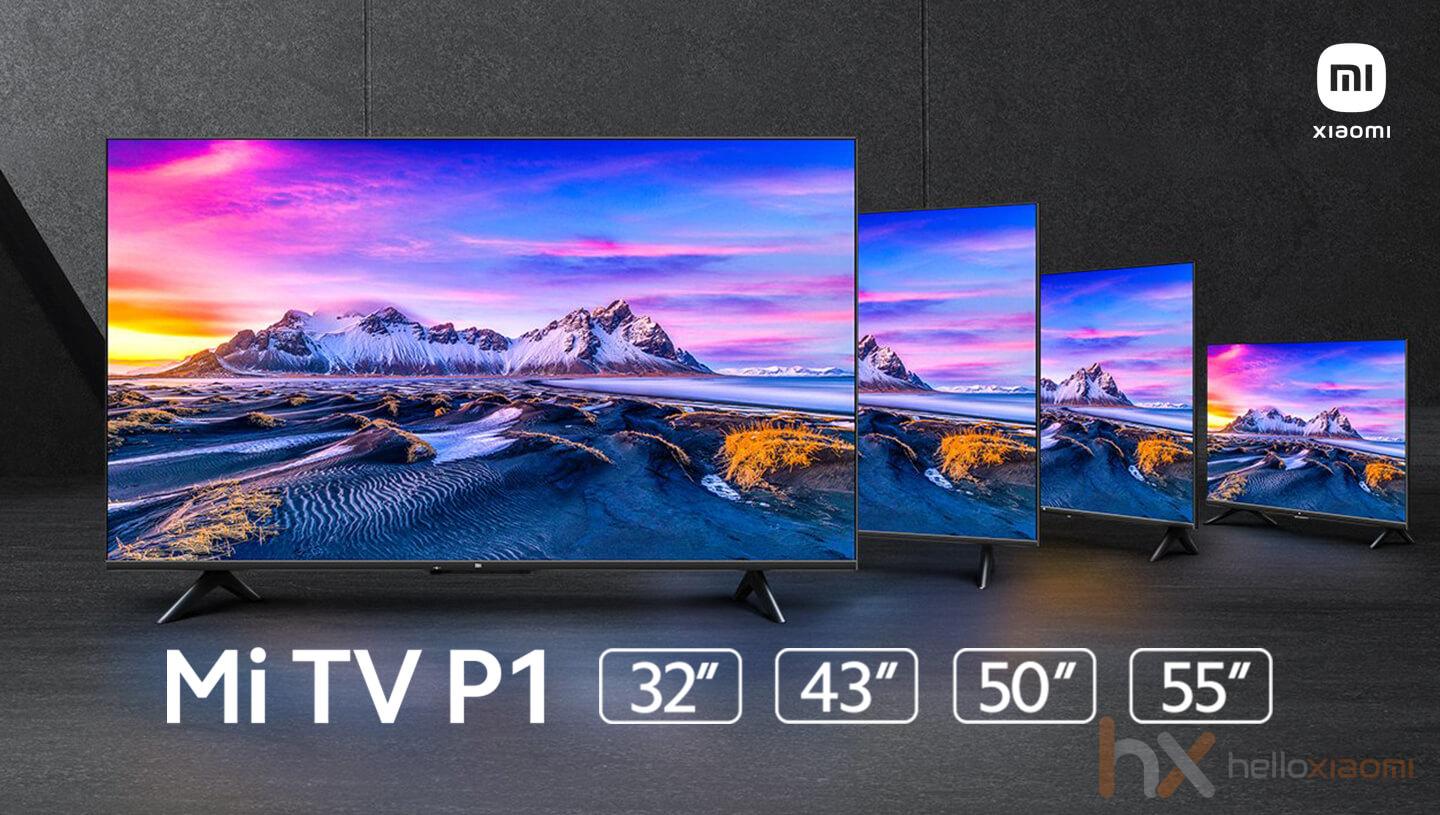
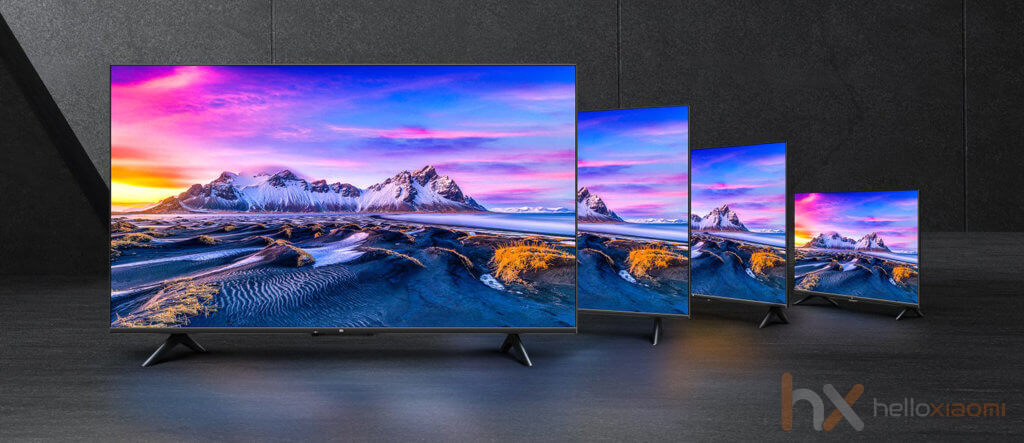
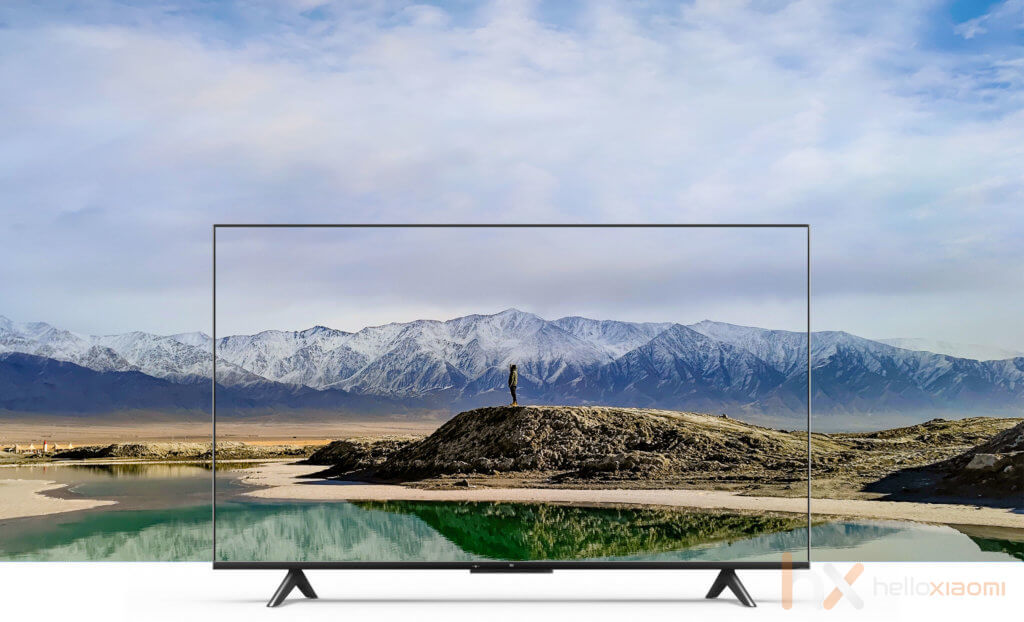

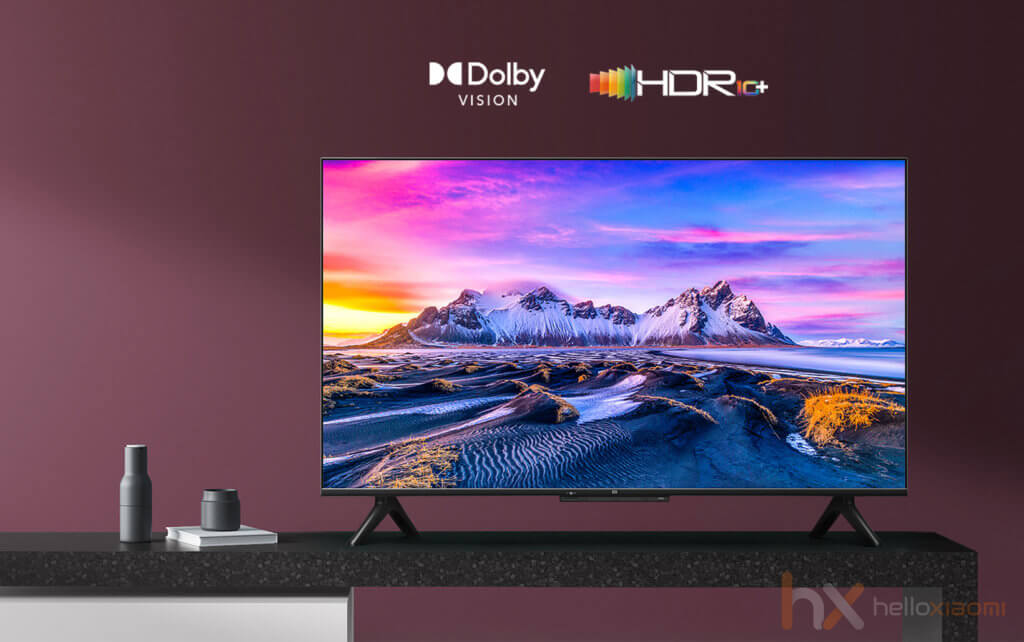
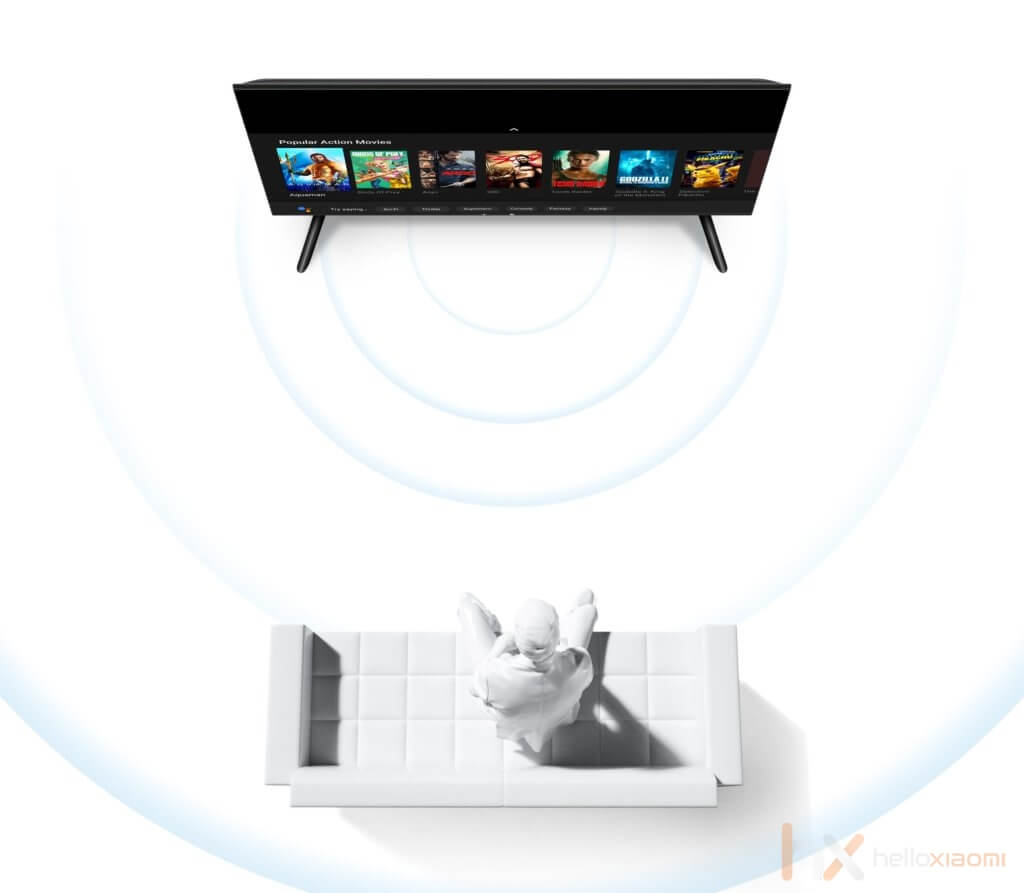
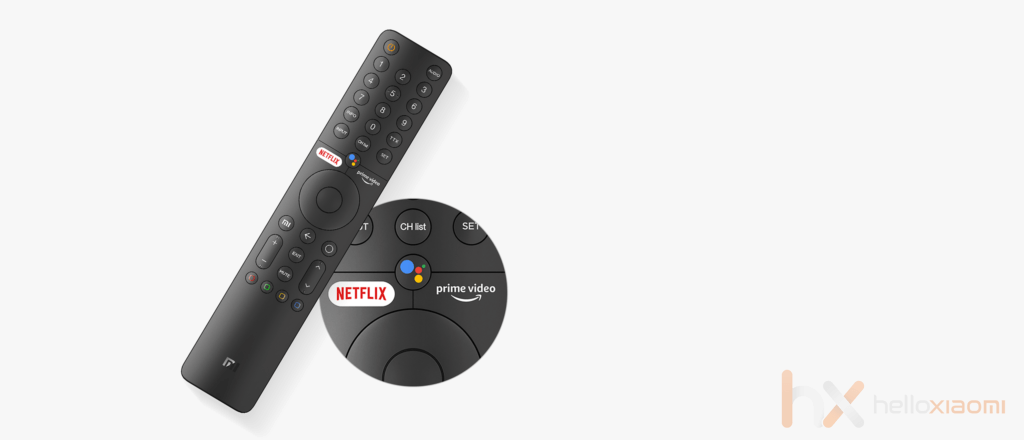
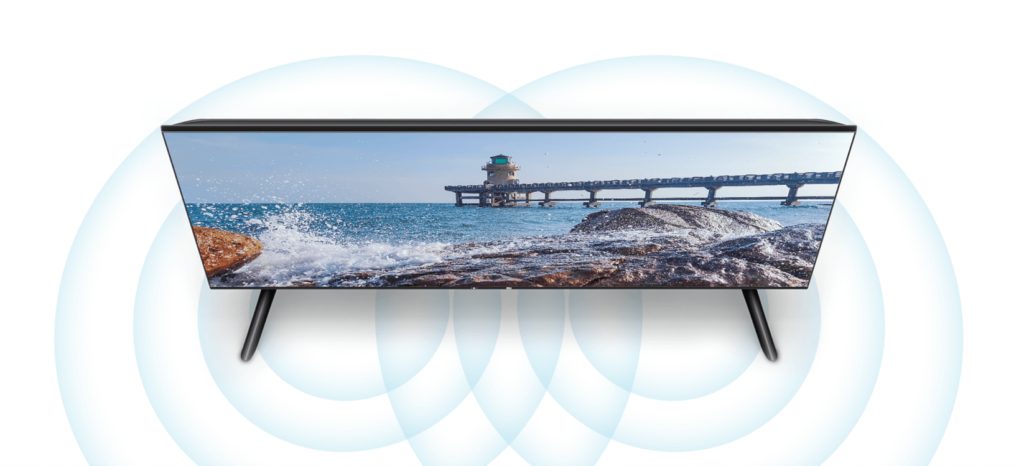
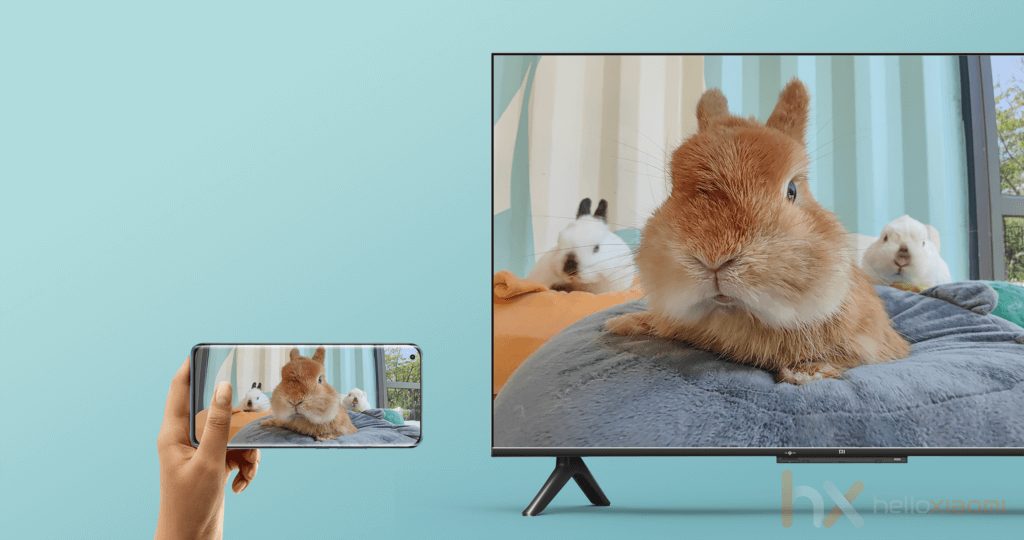
![[150] HyperOS heti hibajelentés](https://helloxiaomi.hu/wp-content/uploads/2024/04/hyperosbugreportindex-218x150.webp)
